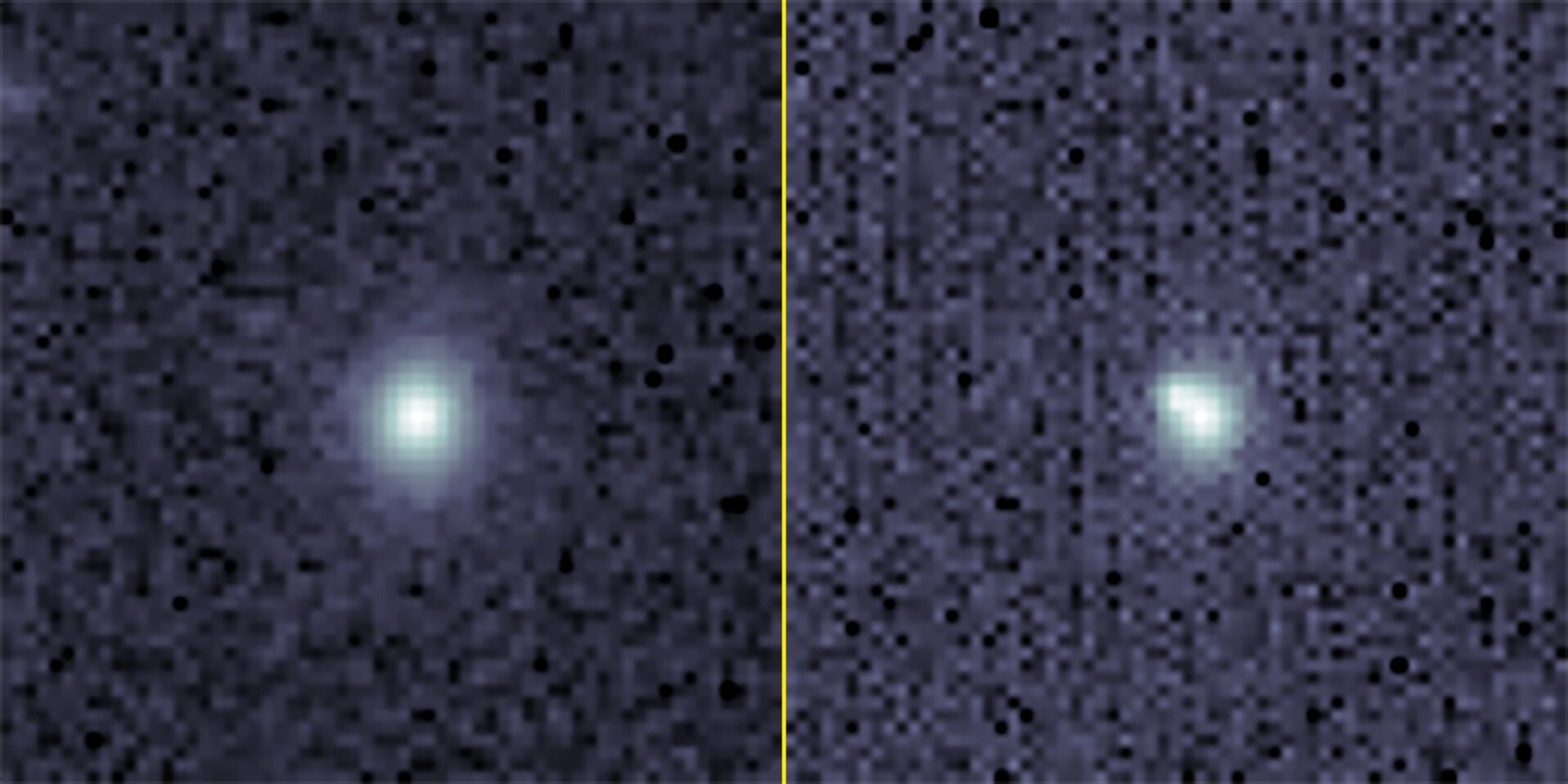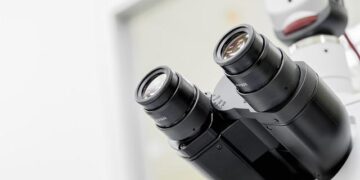AI is now taking a larger step into the world of astronomy. News recently broke of a new supernova, which was discovered by AI. Astronomers at Northwestern University led the collaboration and developed the world’s first AI-powered, fully automatic supernova detection system (via Gizmodo). This entire process could help streamline future studies of exploding stars.
Tech. Entertainment. Science. Your inbox.
Sign up for the most interesting tech & entertainment news out there.
By signing up, I agree to the Terms of Use and have reviewed the Privacy Notice.
Before the creation of this tool, scientists could rely on automated systems and human verification methods. But, with the assistance of AI, they’re finally able to let the machines do the heavy lifting, not only detecting the supernova but also finding out whether or not it actually is a supernova.
The AI-powered supernova detection system is called the Bright Transient Survey Bot or BTSbot, and if it continues to be successful, it could cut out the need for the human middle-man in the process completely, letting astronomers focus their attention on other things.
 A before (left) and after image of the galaxy where SN2023tyk occurred. The upper left region of the galaxy (right) appears bulbous and misshapen, where the star exploded. Image source: Legacy Surveys/D. Lang/Perimeter Institute/unWISE/NASA/JPL-Caltech)
A before (left) and after image of the galaxy where SN2023tyk occurred. The upper left region of the galaxy (right) appears bulbous and misshapen, where the star exploded. Image source: Legacy Surveys/D. Lang/Perimeter Institute/unWISE/NASA/JPL-Caltech)
To help it learn, researchers fed the BTSbot over 1.4 million images from 16,000 different astronomical sources. This allowed the machine learning algorithm that powers the system to learn how to interpret supernovas and detect them across the universe. Equipped with the training information, the AI-powered detection system was put to work, and after a while, it eventually identified a supernova candidate.
This possible stellar explosion is believed to have come from a white dwarf star that fully exploded. The AI detected the supernova and automatically shared its findings with the astronomical community, removing the human part of the equation and streamlining the process. It’s been a huge success so far, and it could help us further identify supernovas going forward.
But why remove humans from the loop? Adam Miller, an assistant professor of physics and astronomy at Northwestern, says that “removing humans from the loop provides more time for the research team to analyze their observations and develop new hypotheses to explain the origin of the cosmic explosions that we observe.”
>>> Read full article>>>
Copyright for syndicated content belongs to the linked Source : BGR – https://bgr.com/science/ai-detected-a-supernova-without-help-from-humans/






























